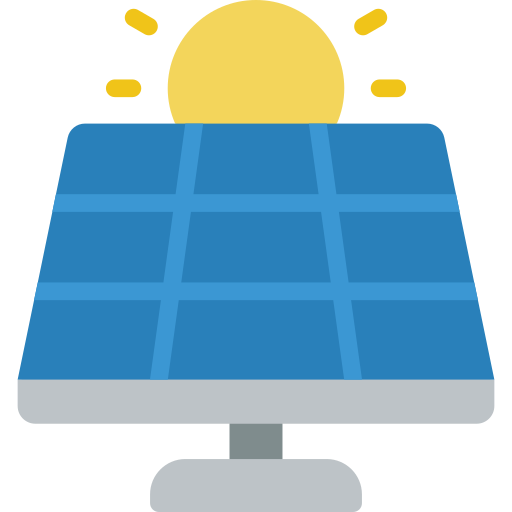In accordance with the European Union’s General Data Protection Regulation (GDPR), we are committed to safeguarding and ensuring your control over your personal data. By clicking “Accept All” you are permitting us to use cookies to enhance your browsing experience, assist us in analyzing website performance and usage, and deliver relevant marketing content. You can manage your cookie settings below. By clicking “Confirm” you are agreeing to the current settings.
Future Materials: The Combination of Graphene and Perovskite Achieves Advances in the Solar Energy Field

The combination of graphene and perovskite has proven to be a highly promising pairing. Perovskite refers to a class of materials with the same crystal structure as the mineral perovskite (CaTiO3), which was the first discovered perovskite crystal. Perovskite materials exhibit high efficiency in absorbing photons and converting them into electric current, making them a potential silicon alternative in solar cells. As silicon solar cells approach their theoretical efficiency limits, perovskite solar cells are emerging as a cost-effective, lightweight, and flexible solar alternative.
Although perovskite solar cells show excellent performance, their efficiency rapidly decreases with increasing module size and outdoor use. Air, humidity, and high temperatures degrade perovskite materials, reducing their advantages. This is where graphene can play a role: it is hydrophobic and can protect perovskite solar cells from atmospheric degradation while also improving overall electrical performance.
In the first solar farm established on Crete, the energy generation work package of the Graphene Flagship project applied graphene and related materials to perovskite cells, achieving outstanding performance and stability. This project marked a significant breakthrough by establishing the first graphene-perovskite solar farm. The farm was tested in outdoor environments, achieving a peak power output of 250 watts, comparable to that of 60 commercial crystalline silicon solar panels.

Author
Professor Wei-Keng Lin
Education|Ph.D., University of Maryland
Occupation|Professor, National Tsing Hua University
Specialty|Electronic package heat dissipation, Heat pipe, Loop heat pipes(CPL,LHP,PHP), Energy-saving design, Solar heat storage and cooling, Heat flow system, Cooling of electronic components, Two-phase flow, Heat transfer elements of artificial satellite and high-altitude flying object
